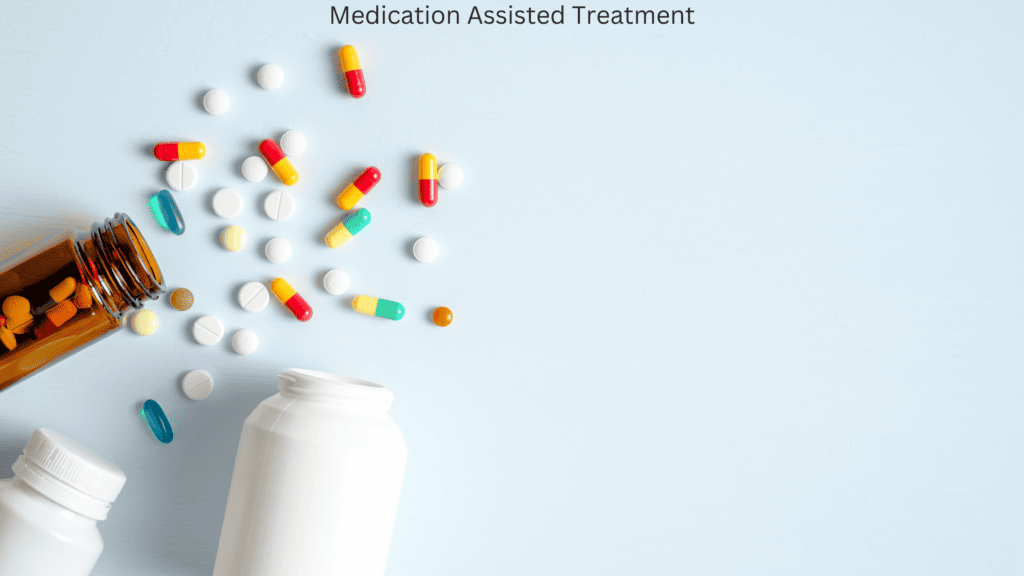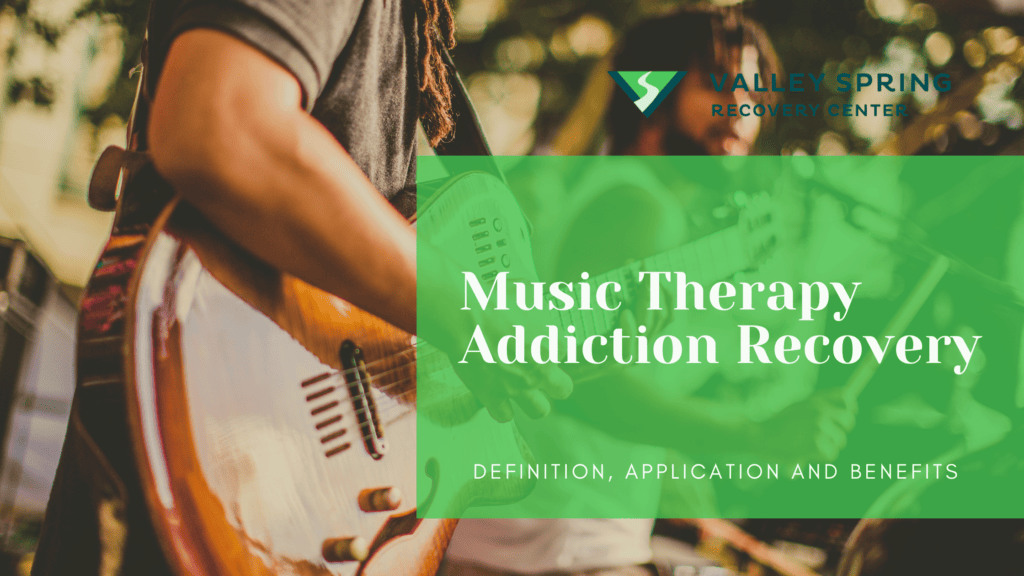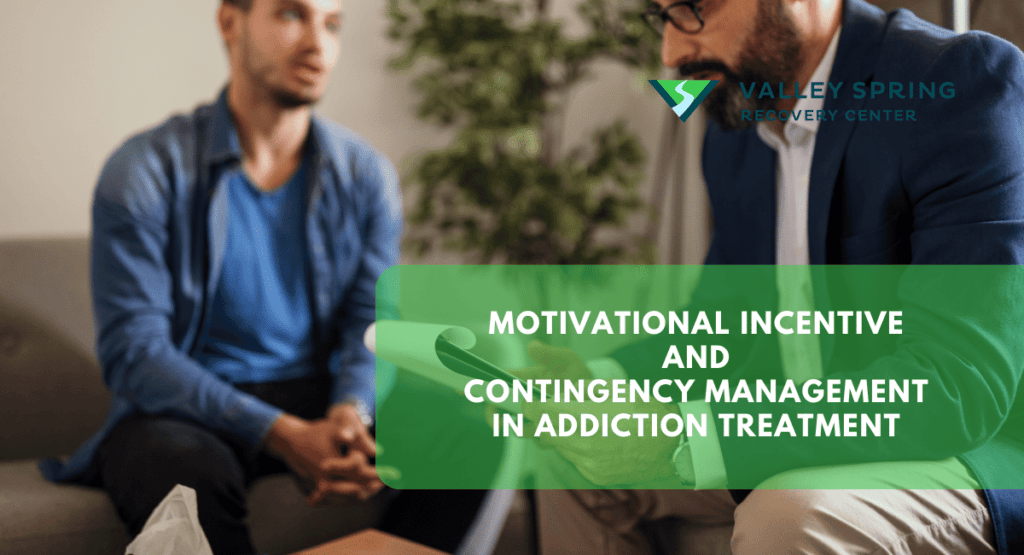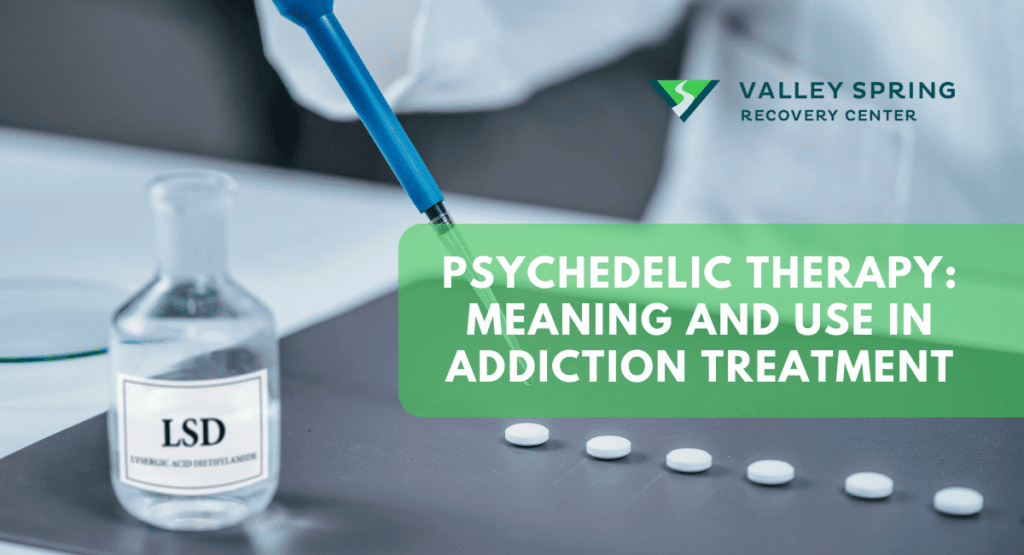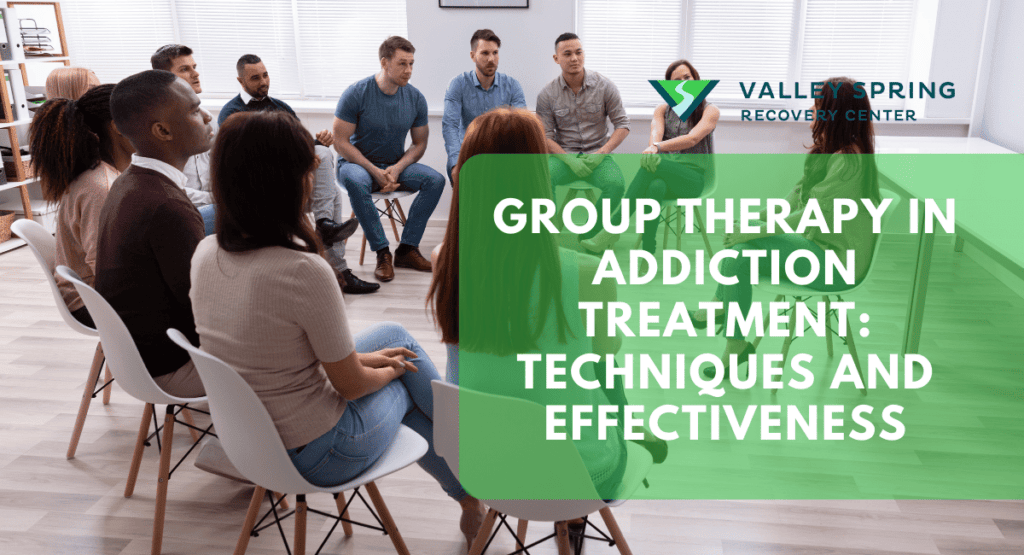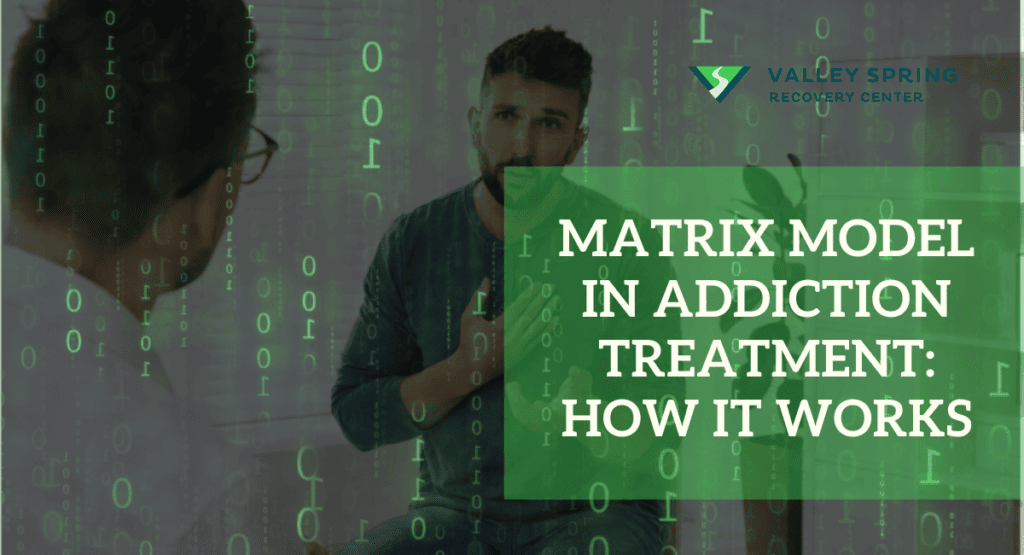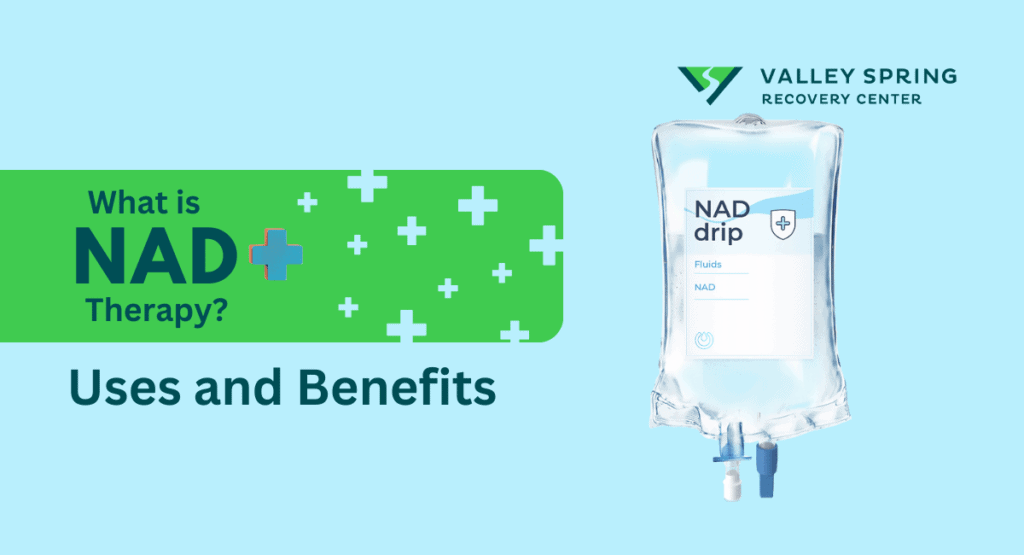Medication-Assisted Treatment refers to a comprehensive approach that combines FDA-approved medications with counseling and behavioral therapies to treat substance abuse and addiction effectively. This method aims to create a more balanced and sustainable recovery path by addressing both the physiological and psychological aspects of addiction.
Types of Medication-Assisted Treatment include those utilizing medications such as methadone, buprenorphine, and naltrexone. Each of these drugs serves a specific purpose, from reducing withdrawal symptoms to blocking the euphoric effects of opioids or alcohol.
Benefits of Medication-Assisted Treatment are numerous and often life-changing. The integrated approach not only improves treatment outcomes but also enhances the quality of life for individuals in recovery. Benefits include reduced cravings, decreased rates of relapse, improved mental health outcomes, and a stronger commitment to long-term recovery.
Applications of Medication-Assisted Treatment extend beyond merely easing withdrawal symptoms. The integrated approach can significantly improve the chances of successful long-term recovery, reduce the risk of relapse, and lower the rates of overdose fatalities.
What Is Medication-Assisted Treatment?
Medication-Assisted Treatment (MAT) is a comprehensive, evidence-based treatment approach that combines the use of Food and Drug Administration (FDA)-approved medications with behavioral therapies and counseling services to manage and treat substance use disorders. MAT is designed to address the complex needs of individuals by treating both the biological and behavioral aspects of addiction. The primary goal is to help patients achieve a stable recovery by reducing cravings, preventing relapses, and mitigating withdrawal symptoms. By taking a holistic approach that includes medication, therapy, and lifestyle changes, MAT aims to restore a sense of normalcy to brain function and behavior, fostering the ability to fully engage in the treatment and recovery process.
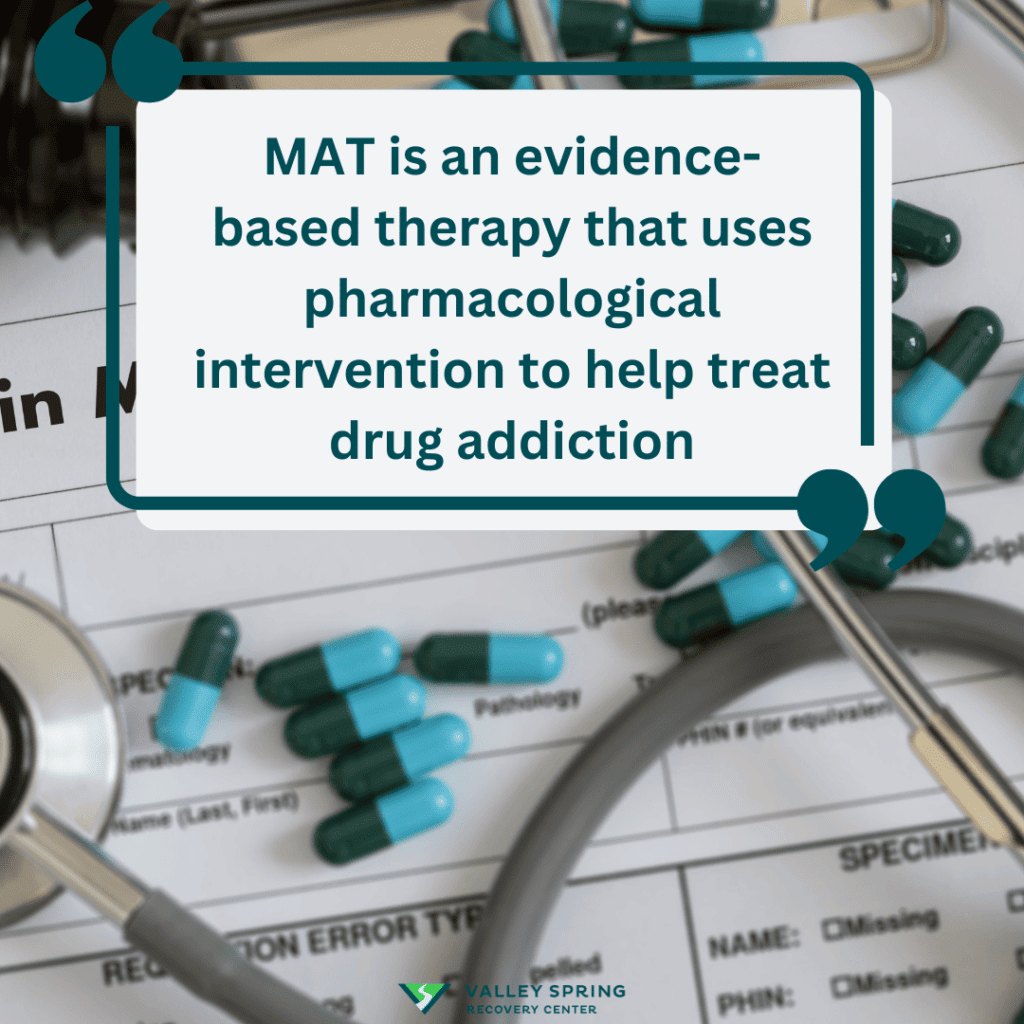
What Are The Types Of Medication-Assisted Treatments?
Medication-assisted treatment can be categorized based on the type of substance use disorder it aims to treat. Different medications are approved for various substance addictions, and each works in a unique way to either block the effects of the abused substance or alleviate withdrawal symptoms and cravings. Here are some of the most commonly used medications:
- Methadone: Used primarily to treat opioid use disorders. Methadone is a long-acting opioid that helps to reduce cravings and withdrawal symptoms, enabling individuals to engage in therapy and recovery activities.
- Dolophine (methadone hydrochloride) tablets
- Methadose (methadone hydrochloride) oral concentrate
- Buprenorphine: Also used for opioid addiction, Buprenorphine helps to mitigate opioid withdrawal symptoms. It has a “ceiling effect,” which makes it less likely to result in overdose than other opioids.
- Other FDA-Approved Medication For The Treatment Of Opiodes:
- Brixadi (buprenorphine) injection for subcutaneous use
- Bunavail (buprenorphine and naloxone) buccal film
- Cassipa (buprenorphine and naloxone) sublingual film
- Probuphine (buprenorphine) implant for subdermal administration
- Sublocade (buprenorphine extended‐release) injection for subcutaneous use
- Suboxone (buprenorphine and naloxone) sublingual film for sublingual or buccal use, or sublingual tablet.
- Subutex (buprenorphine) sublingual tablet
- Zubsolv (buprenorphine and naloxone) sublingual tablets
- Naltrexone: This medication is used to treat both opioid and alcohol use disorders. It blocks the euphoric and sedative effects of these substances, thus discouraging their use.
- Disulfiram (Antabuse): One of the first medications approved for the treatment of alcohol use disorder. It produces unpleasant effects such as nausea and flushing when alcohol is consumed, acting as a deterrent.
- Acamprosate (Campral): This medication is used to treat alcohol dependency by reducing withdrawal symptoms like insomnia, anxiety, and restlessness.
- Nicotine Replacement Therapies: These include patches, gum, lozenges, nasal spray, and inhalers that supply a controlled amount of nicotine to help with the withdrawal symptoms from quitting smoking.
| Primary Use | Specific Medication | Method of Administration | Description |
|---|---|---|---|
| Opioid Use Disorder | Methadone | Tablets, Oral Concentrate | Reduces cravings and withdrawal symptoms |
| Dolophine (methadone hydrochloride) | Tablets | ||
| Methadose (methadone hydrochloride) | Oral Concentrate | ||
| Buprenorphine | Mitigates opioid withdrawal symptoms, lower overdose risk | ||
| Brixadi (buprenorphine) | Subcutaneous Injection | ||
| Bunavail (buprenorphine and naloxone) | Buccal Film | ||
| Cassipa (buprenorphine and naloxone) | Sublingual Film | ||
| Probuphine (buprenorphine) | Subdermal Implant | ||
| Sublocade (buprenorphine extended‐release) | Subcutaneous Injection | ||
| Suboxone (buprenorphine and naloxone) | Sublingual Film/Tablet | ||
| Subutex (buprenorphine) | Sublingual Tablet | ||
| Zubsolv (buprenorphine and naloxone) | Sublingual Tablets | ||
| Opioid & Alcohol Use Disorder | Naltrexone | Blocks euphoric and sedative effects | |
| Alcohol Use Disorder | Disulfiram (Antabuse) | Causes unpleasant effects when alcohol is consumed | |
| Acamprosate (Campral) | Reduces withdrawal symptoms like insomnia and anxiety | ||
| Nicotine Dependency | Nicotine Replacement Therapies | Patches, Gum, Lozenges, Nasal Spray, Inhalers | Supplies controlled amount of nicotine for withdrawal |
What Are The Benefits of Medication-Assisted Treatment?
The benefits of Medication-Assisted Treatment (MAT) are substantial, providing a holistic approach to substance use disorder treatment. Here are some key advantages:
- Higher Success Rates: One of the most compelling benefits of MAT is its proven efficacy. Compared to traditional treatment programs, individuals on MAT often have higher rates of success in maintaining long-term recovery.
- Reduced Cravings and Withdrawal Symptoms: Medications like Methadone, Buprenorphine, and Naltrexone are effective in minimizing the physical and psychological discomfort associated with withdrawal, thereby making the early recovery phase more manageable.
- Enhanced Quality of Life: By effectively treating the symptoms and cravings associated with substance use disorders, MAT allows individuals to regain control of their lives. This includes improved relationships, better job performance, and increased psychological well-being.
- Safety and Overdose Prevention: Medications used in MAT are often safer alternatives to the substances they replace. For example, Buprenorphine has a “ceiling effect,” reducing the risk of overdose. Methadone, when properly administered, is a stable, long-acting alternative to more potent opioids.
- Comprehensive Treatment Approach: MAT is often part of a broader treatment program that includes psychological counseling, peer support, and lifestyle changes. This comprehensive approach addresses the root causes of addiction, making relapse less likely.
- Tailored to Individual Needs: The flexibility in types of medications allows for a more personalized treatment plan. Whether one is dealing with opioid or alcohol use disorder, or trying to quit smoking, there is likely a MAT option suitable for their specific condition.
What Are the Negatives of Medication-Assisted Treatment for Addiction?
While Medication-Assisted Treatment has proven to be effective in treating substance use disorders, it’s important to consider some of its limitations and potential drawbacks:
Risk of Dependency on MAT Medications: Some medications used in MAT, like Methadone and Buprenorphine, are opioids themselves and carry a risk of dependency. Although they are administered in controlled doses to manage withdrawal symptoms and cravings, there is a potential for misuse.
Side Effects: Common side effects of MAT medications can include nausea, vomiting, constipation, and drowsiness. These side effects are generally mild but can be bothersome for some patients.
Financial Cost: MAT can be expensive, especially if not covered by insurance. The cost includes not just the medication but also regular visits to healthcare providers and additional services like counseling and behavioral therapy.
Stigma: There’s a social stigma associated with MAT, as some people view it as substituting one addiction for another. This perception can discourage individuals from seeking this form of treatment.
Limited Accessibility: MAT requires regular visits to healthcare providers for medication and monitoring, which may not be feasible for those living in remote areas or those with limited access to healthcare services.
Interaction with Other Medications: If you’re taking other medications or supplements, there’s a potential for drug interactions that could either make MAT less effective or increase the risk of adverse effects.
Not a Standalone Solution: MAT is most effective when used in conjunction with other forms of treatment like counseling and behavioral therapy. It’s not a one-size-fits-all or standalone solution to addiction.
Special Populations: Certain populations, such as pregnant women and the elderly, may require special considerations and adjustments in their MAT regimen, which can complicate treatment.
Where Can You Get Medication-Assisted Treatment (MAT)?
Medication-assisted treatment is widely available through a range of healthcare settings, but it’s essential to choose a location that offers comprehensive services for addiction recovery. Here are some options:
- Addiction Treatment Centers: Many specialized drug rehab centers offer MAT as part of their range of services. These centers often have in-house medical professionals who can administer medications and monitor their effects.
- Outpatient Clinics: For those with less severe forms of addiction, outpatient settings can provide MAT while allowing the individual to maintain their daily responsibilities. These clinics often require regular visits for medication and counseling.
- Primary Care Physicians: Some primary care doctors are trained and licensed to administer certain forms of MAT, such as Buprenorphine. However, they may not offer the comprehensive counseling services available at specialized centers.
- Hospitals: In severe cases of addiction, especially where acute withdrawal symptoms are a concern, initial stages of MAT may be administered in a hospital setting. Subsequent treatment often takes place in a specialized facility.
- Telemedicine Services: With advancements in healthcare technology, some forms of MAT can be initiated and monitored through telemedicine. This option is particularly useful for those who live in remote areas.
- Veterans Affairs Medical Centers: For military veterans suffering from substance use disorders, the VA often offers MAT as part of its healthcare services.
- Public Health Departments: Some state and local health departments offer MAT, especially in communities that have been severely impacted by the opioid crisis.
When Did Medication Assisted Therapy Become Popular?
Medication-Assisted Treatment (MAT) gained prominence mainly in the late 20th and early 21st centuries, although its origins can be traced back to earlier periods. Methadone, one of the first medications used in MAT, was approved for treating opioid dependence in the United States in the 1970s. However, it was initially met with skepticism and regulatory hurdles, limiting its widespread application.
The opioid crisis that escalated in the late 1990s and 2000s significantly accelerated the adoption and acceptance of MAT. The devastating impact of the opioid epidemic, with rising overdose deaths and increasing public health concerns, created a sense of urgency to find effective treatments. This led to increased research and subsequent approval of medications like Buprenorphine and Naltrexone for opioid use disorders.
The 21st century has seen an expansion in both the types of medications used and the conditions they are designed to treat, extending beyond opioid use disorder to include alcohol use disorder and tobacco use disorder, among others. Over the years, numerous studies have affirmed the efficacy of MAT in increasing treatment retention and decreasing illicit drug use, thereby making it an increasingly mainstream approach in addiction treatment.
Government initiatives, like the Substance Abuse and Mental Health Services Administration’s (SAMHSA) endorsement and the passing of legislative measures to improve access to MAT, have further facilitated its widespread adoption. Today, MAT is considered a standard of care in treating certain substance use disorders, supported by numerous medical organizations and guidelines.
Is Medication-Assisted Treatment Effective?
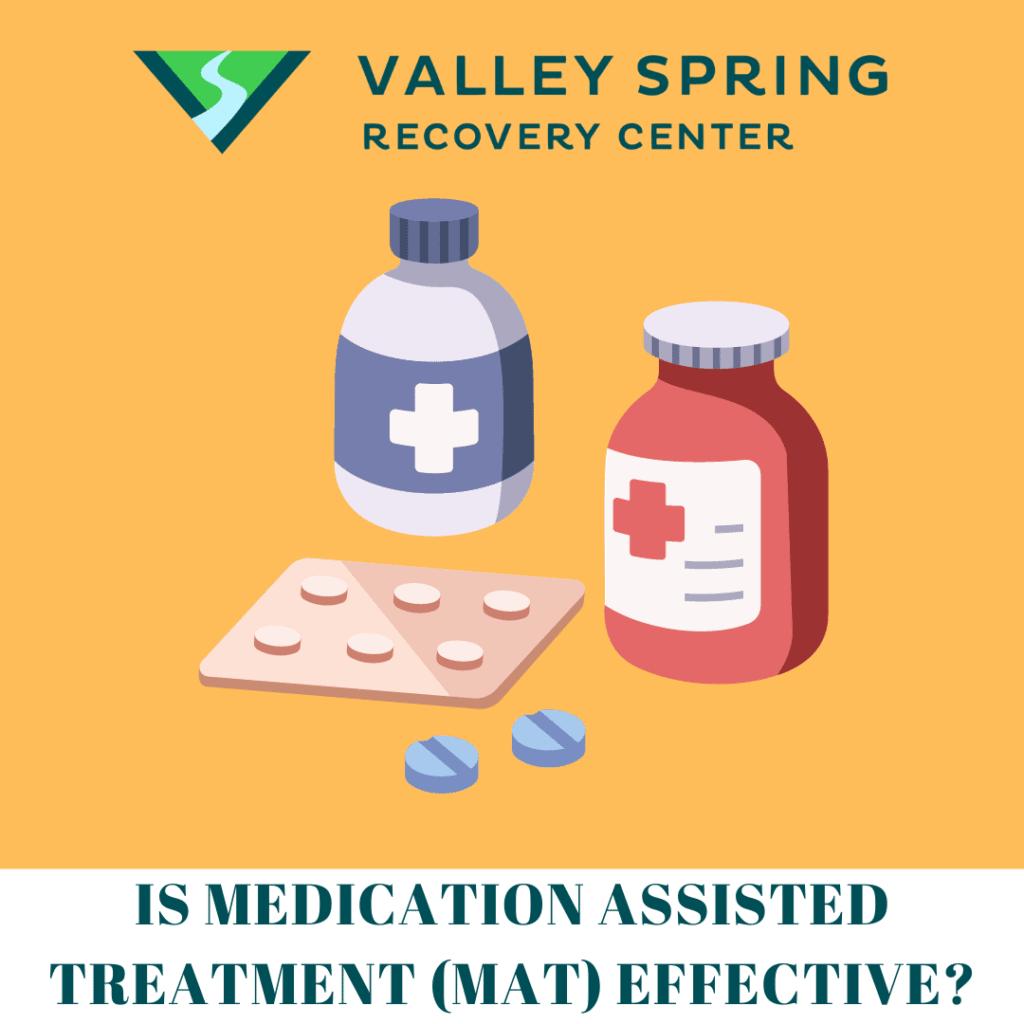
Medication-assisted treatment (MAT) is widely recognized as an effective approach for treating substance use disorders, including opioid, alcohol, and tobacco addictions. Numerous scientific studies, clinical trials, and meta-analyses have substantiated the efficacy of MAT.
Early studies in the late 20th century, primarily focusing on Methadone, laid the groundwork for understanding MAT’s effectiveness in reducing opioid cravings and withdrawal symptoms. With the introduction and approval of other medications like Buprenorphine and Naltrexone, a broader range of options became available for treating opioid use disorders. Research published in journals such as “Addiction Science & Clinical Practice” and “JAMA Psychiatry” has shown these medications to be effective in reducing the rate of relapse and improving the chances of long-term recovery.
The effectiveness of MAT extends to treating other types of substance use disorders as well. For alcohol use disorders, medications like Disulfiram (Antabuse), Acamprosate (Campral), and Naltrexone have shown significant positive results in clinical trials. A 2014 review published in the “Cochrane Database of Systematic Reviews” found that Acamprosate and Naltrexone were effective in reducing alcohol consumption and supporting long-term abstinence.
In the context of tobacco addiction, Nicotine Replacement Therapies (NRT), such as patches, gums, and lozenges, have been effective in assisting smokers to quit. Studies have revealed that using NRT can double the chances of successfully quitting smoking, as published in journals like “Nicotine & Tobacco Research.”
However, it is crucial to note that MAT is most effective when combined with behavioral therapies and counseling, forming a “whole-patient” approach to addiction treatment. Government health agencies, including the Substance Abuse and Mental Health Services Administration (SAMHSA), endorse MAT’s effectiveness, and numerous medical organizations advocate for its use as a standard treatment option.
In summary, the effectiveness of MAT in treating substance use disorders is well-supported by scientific evidence, making it a crucial tool in modern addiction treatment programs.
Who is Eligible for Medication-Assisted Treatment?
Eligibility for MAT is determined through a thorough medical evaluation. Generally, candidates are those who have been diagnosed with a substance use disorder and have undergone a period of detoxification. Other factors like medical history, the severity of addiction, and any co-occurring mental health disorders are also considered. It’s essential to consult a healthcare provider for an accurate diagnosis and treatment plan.
How Long Does MAT Last?
The duration of Medication-Assisted Treatment varies from person to person and is based on individual needs. Some patients may require short-term treatment for 30 days, while others may need long-term or even lifelong treatment. The treatment plan is often adjusted over time to meet the evolving needs of the patient.
Is MAT Safe During Pregnancy?
MAT can be considered a safer alternative to untreated opioid addiction during pregnancy. Medications like Buprenorphine are often recommended as they pose a lower risk to the fetus compared to other opioids. However, it’s crucial to consult a healthcare provider for a tailored treatment plan that considers the health of both the mother and the baby.
Does Insurance Cover MAT?
Many health insurance plans do cover Medication-Assisted Treatment since it is an evidence-based treatment backed by research, but the extent of coverage can vary. It’s advisable to check with your insurance provider to understand what aspects of MAT are covered, such as medications, counseling, and any associated medical tests.
Sources
Medication Assisted Treatment, FDA. Accessed [july 2nd, 2023]https://www.fda.gov/drugs/information-drug-class/information-about-medication-assisted-treatment-mat/
Ben Fisher
All author postsShare This Post

